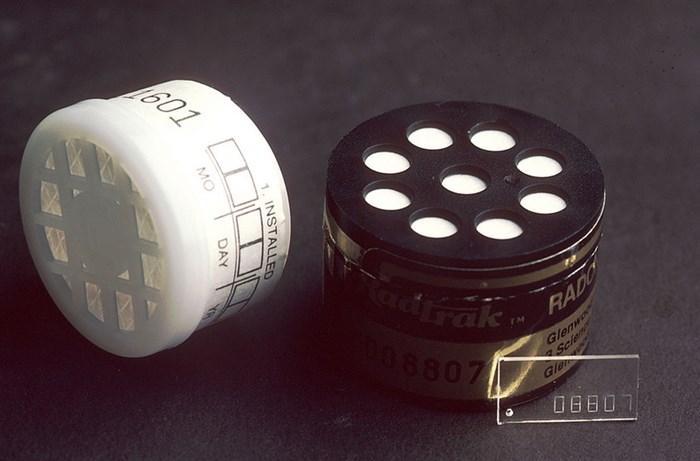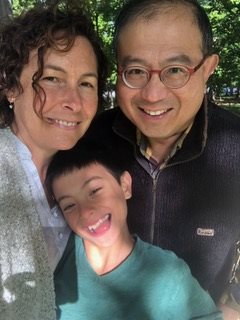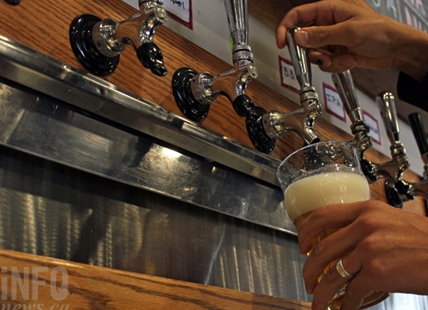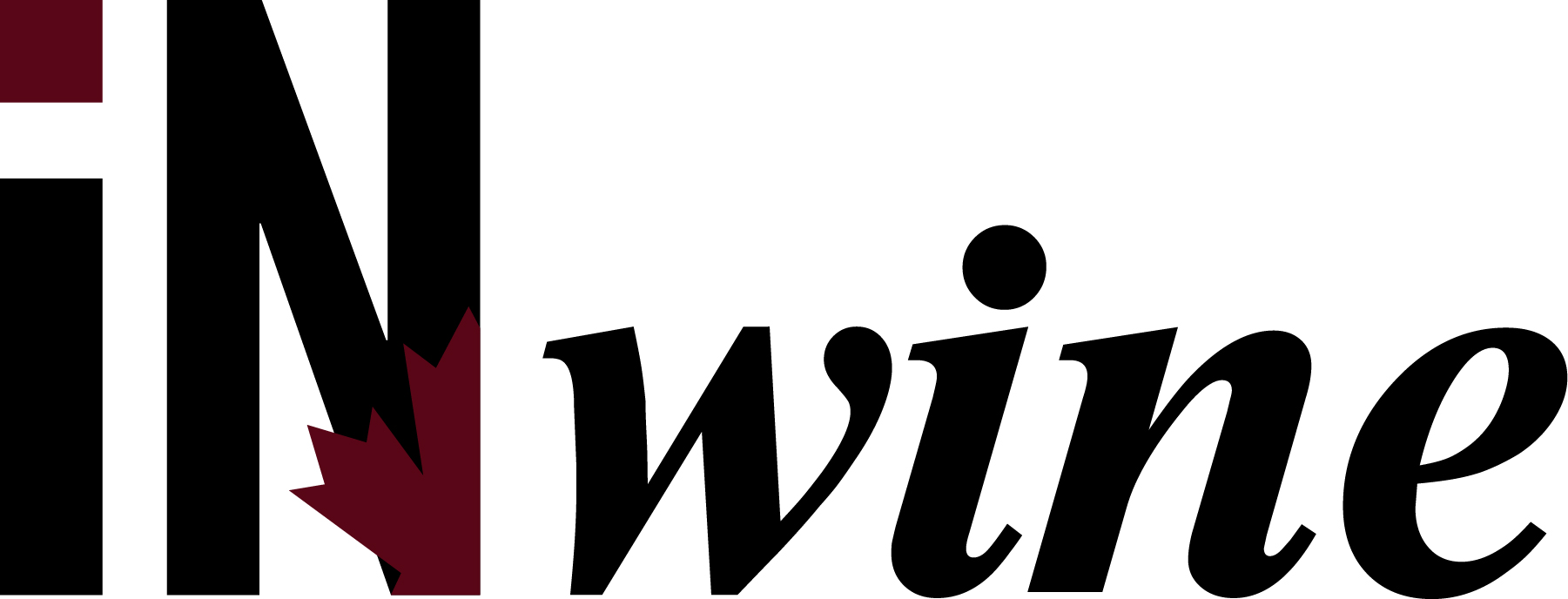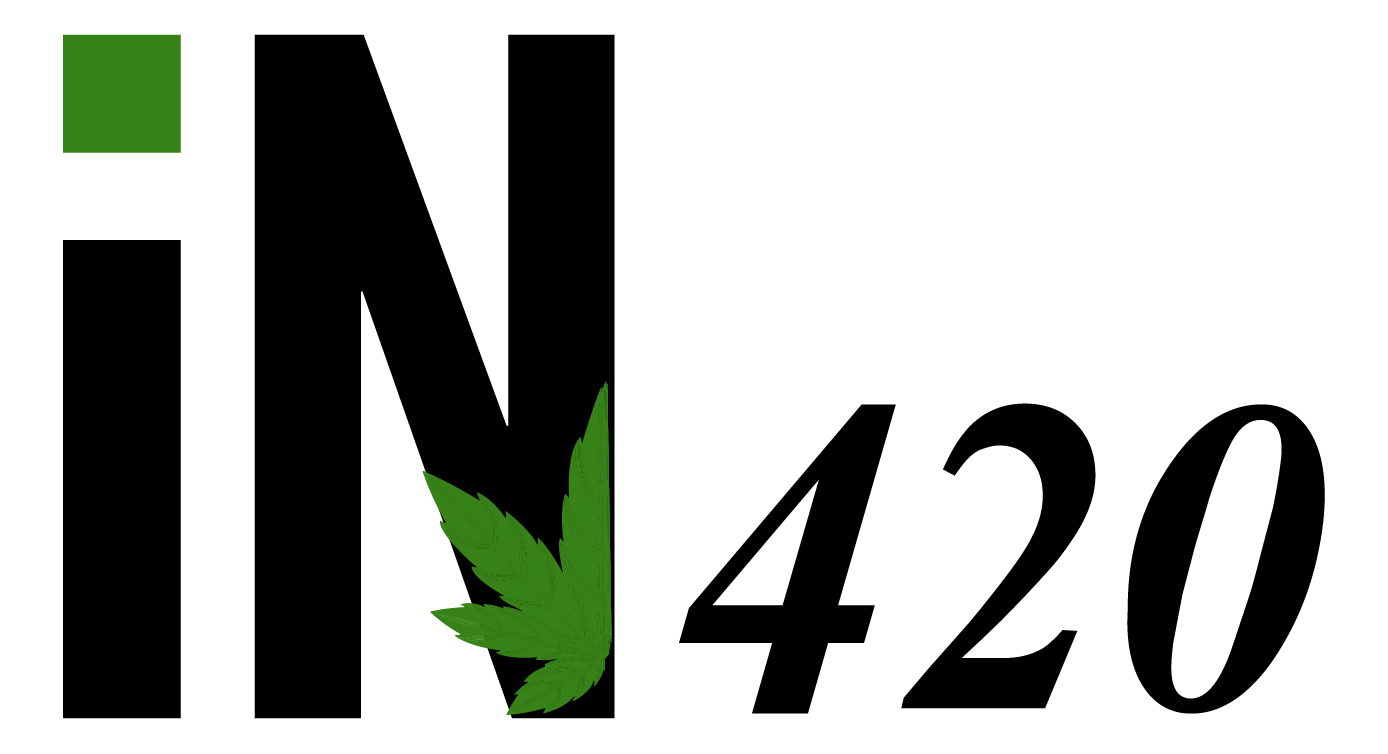Kelowna cancer doctor learned the hard way about danger of radon in Interior homes
Dr. Kong Khoo, who came to Kelowna in 1997 to start up the cancer centre at Kelowna General Hospital, knows a lot about cancer.
That’s the same year he bought a house in West Kelowna that, unbeknownst to him, had such high radon levels that, more than 20 years later, it gave him lung cancer.
“It was in 2020, when I had my lung cancer diagnosis, that I actually measured the radon levels in my home,” Khoo told iNFOnews.ca “I ordered a radon meter. When I got confirmation back from my lung resection specimen that I did have lung cancer – and I’m not a smoker and don’t have second-hand smoke exposure, I don’t have any other occupational hazard – so I remember that day telling the pathologist: ‘It’s radon.’”
Even though, academically he knew that radon could cause lung cancer, he had grown up and trained in areas of the country where it was not an issue in homes.
He has since learned that the Southern Interior has some of the highest radon levels in the country. The B.C. Centre for Disease Control estimates as many as 33% of homes in the region might have high radon levels.
Over the winter of 2020-21 more than 1,000 Central Okanagan homes took advantage of free radon test kits offered through the regional district.
Results of those tests showed 32% were above the Canadian standard of 200 becquerels per cubic metre, with Lake Country and Peachland recording more than 50% of their homes exceeding safe levels.
READ MORE: Deadly radon gas seeping into the majority of homes tested in some Okanagan communities
“That’s a huge number and a huge number of people potentially at risk,” Khoo said.
Radon is a tasteless, colourless and odorless radioactive gas that’s created by the breakdown of uranium in the soil and accumulates under homes, generally leaking in through cracks in the basement.
“When I came to Kelowna in 1997 there really wasn’t much awareness of radon,” Khoo said. “That radon map is a relatively recent entity. It didn’t exist in 1997. I’m in the business of treating cancer and I wasn’t aware of radon as a risk.”
The map he referred to is posted by the B.C. Centre for Disease Control online. It shows the entire Interior Health as bright red, meaning more than 30% of homes are at risk.
It can also be viewed by municipality. That shows Kamloops as having 11% of 151 homes tested being unsafe. For Kelowna, that's 22% of 1,908 samples.
Khoo was lucky in that he has a health condition called Barrett's Esophagus that can be pre-cancerous so he’s tested every three years. In 2019 those tests showed symptoms that triggered further tests that ultimately led to the cancer diagnosis in early 2020.
By that time the world was being hammered by COVID, operating rooms were closed and, even though he had high levels of radon in his home, Khoo was not about to expose his wife and son to workers to come in and fix the problem.
He did get surgery in October 2020 and has got the mitigation work done on his home.
“
"I have a good prognosis – probably a 90-plus per cent chance of being cured of the cancer.” Khoo said. “I was fortunate to have gotten it early. But, if I didn’t have that pre-existing problem that caused all these additional tests, I probably wouldn’t have known anything until I developed symptoms five or 10 years down the road with probably more advanced lung cancer.”
And, potentially, it would have been fatal.
“The scary part is, my wife’s studio was in the basement with the highest levels of radon and my eight-year-old’s Lego room was right beside the furnace room, which also had high levels of radon,” Khoo said. “It was not just to protect myself any more. It was to protect my family. So we learned about radon mitigation.”
The mitigation means having one or two radon fans installed to pull the air from under a house’s foundation and vent it into the air where it is diluted enough to not be harmful.
Khoo’s high radon levels were probably made worse when, in 2017-18, he did major renovations to make their home more energy efficient.
That, like new homes with stricter building standards, made his house more airtight and, therefore, more likely to trap radon indoors.
His wife was tested for cancer and the result came back negative. Khoo suspects that may be due to the fact that she has lived in the house for a shorter period of time.
Until recently there was no routine testing for lung cancer. A program has started in Kelowna but it is focused on smokers.
“We’ve got a huge waiting list,” Khoo said. “It needs to be a planned screening program.”
Still, if a person has lived in a house for many years that's found to have high levels of radon, they should try to get a lung cancer test through a CT scan or chest X-ray.
The science is still evolving on how much radon exposure is needed to trigger cancer.
“If you live in a house with really high levels, in the thousands, but you have only been there a year, I would think your risk is very low because lung cancer is one of those things that doesn’t develop overnight,” Khoo said.
Mitigation efforts that lower the radon to safe levels likely also reduce the chance of lung cancer over the longer term, similar to how the risk for a smoker goes down if they quit.
But there is no data on what level of radon exposure over what period of time is most likely to lead to lung cancer.
Test kits can be ordered online from the B.C. Lung Association for $30 or $60, depending on the kit. They are sometimes offered for free by regional districts and library systems in the Thompson and Okanagan do lend out testers.
READ MORE: Interior B.C. library adds radon detector kits to its borrowing options
Or more sophisticated radon meters can be purchased through commercial outlets.
Khoo’s radon monitor, for example, cost less than $300 and takes readings every 10 minutes, saves them for a year and it can be linked to a phone.
Radon levels can vary widely from day to day and season to season so the readings need to be taken over a period of time.
Given the high level of radon in the Southern Interior, an estimated 16% of lung cancers are believed to be caused by the gas.
That’s why testing and mitigation are so important.
“It was worth every single penny for my piece of mind,” Khoo said.
He will be sharing his story at the Canadian Association of Radon Scientists and Technologists’ international radon conference in Victoria April 12-15.
Learn more about the association here. For more on the B.C. Lung Foundation, go here.
- This article was updated at 12:50 a.m. on April 12 to add information about free test kits.
To contact a reporter for this story, email Rob Munro or call 250-808-0143 or email the editor. You can also submit photos, videos or news tips to the newsroom and be entered to win a monthly prize draw.
We welcome your comments and opinions on our stories but play nice. We won't censor or delete comments unless they contain off-topic statements or links, unnecessary vulgarity, false facts, spam or obviously fake profiles. If you have any concerns about what you see in comments, email the editor in the link above.


